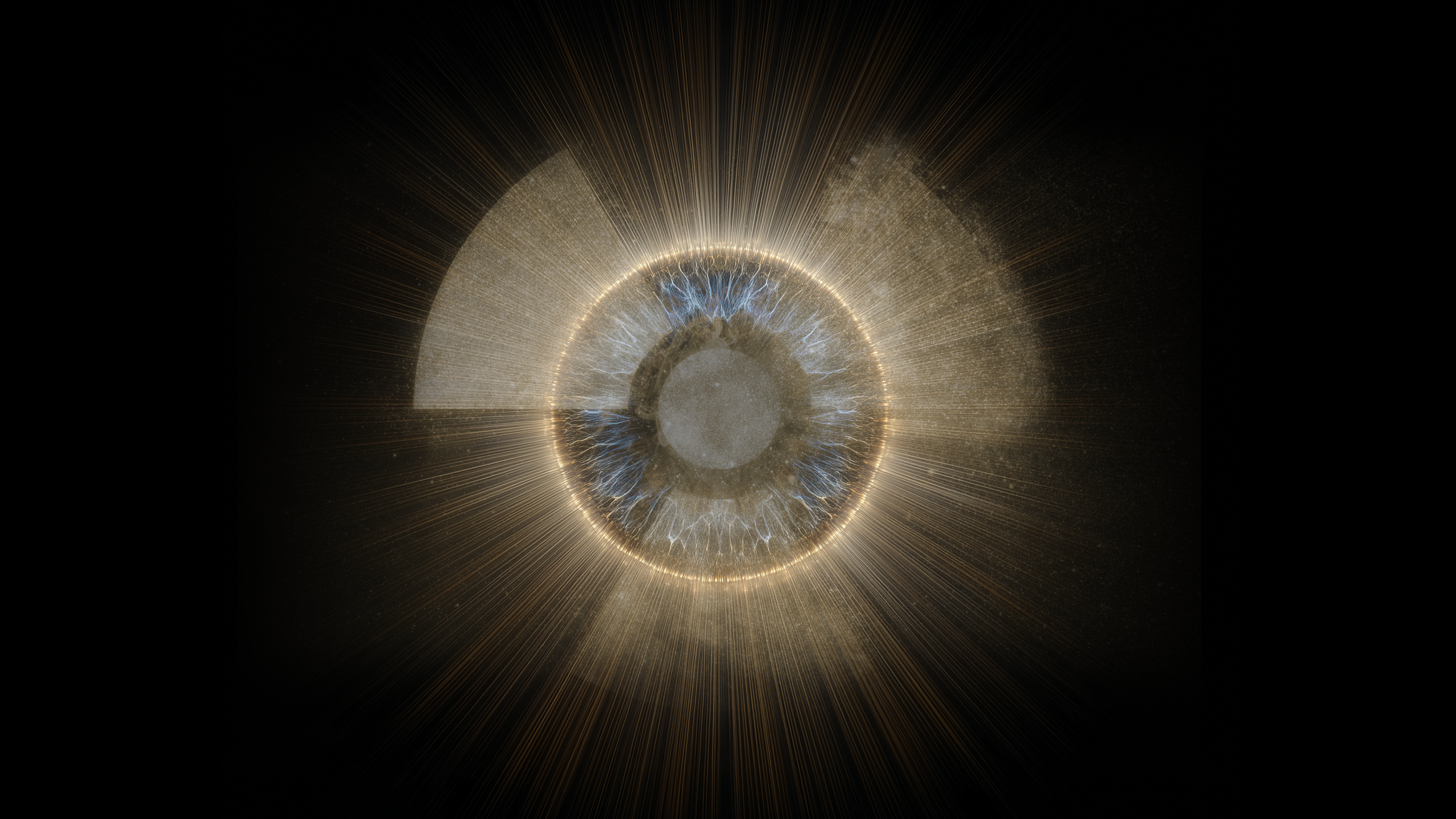A first-in-class topical therapy aims to fill the treatment void for patients losing vision after radiotherapy.
Radiation maculopathy (RM) has long been the overlooked consequence of life-saving cancer treatments, leaving patients and their treating physicians with few effective options. That reality is about to shift. Roca Therapeutics (Nice, France) has secured the first-ever Orphan Drug Designation (ODD) from the European Medicines Agency (EMA) for its lead clinical candidate RCT002, formally recognizing radiation maculopathy as a distinct indication.
Roca Therapeutics announces the news on its LinkedIn page
The multi-mechanistic power of RCT002
Developed in just two years through Roca’s proprietary platform, RCT002 is designed to be a transformative therapy. Unlike invasive injections or systemic treatments, RCT002 is a first-in-class, small-molecule eye drop with a rationally engineered mechanism to tackle multiple drivers of disease progression simultaneously.
RCT002 targets resistant neovascularization, fibrosis, inflammation and oxidative stress—critical pathological processes fueling RM. By focusing on CXCR2 and DRAK1, two key drivers of treatment resistance in retinal disease, the drug takes a multi-mechanistic approach distinct from existing anti-VEGF therapies.
READ MORE: Bayer Notches Dual EYLEA 8mg Wins With China nAMD Approval and EU 6-Month Interval Extension
Recognizing radiation maculopathy as a distinct disease
Radiation maculopathy is a vision-threatening complication of ionizing radiation to the macula. It often affects patients treated for ocular and periocular tumors, but it is also seen in those receiving radiotherapy for head, neck or brain malignancies where incidental exposure occurs. Despite its impact, RM has been historically treated as a secondary consequence rather than a standalone clinical entity.
“Recognition of radiation maculopathy as a distinct indication marks a critical step forward in patient care—enabling earlier diagnosis, targeted therapeutic development and expanded access to specialized treatments for patients experiencing vision loss after radiotherapy for eye, head and neck or brain cancers,” said Zaki Sellam, executive chairman of Roca Therapeutics, in a news release.
READ MORE: Rewiring Sight with Nanowires: Vision Restored and Infrared Detected in Primate Models
Moving from bench to bedside
Roca is now fundraising to support its first-in-human clinical trial of RCT002, scheduled to begin in 2026. Alongside RM as the lead indication, the company is also exploring larger markets, including diabetic macular edema (DME) and other neovascular retinopathies.
READ MORE: Oral Lamivudine Shows Vision Gains in DME Patients in Early Clinical Trial
“This orphan designation also opens the door to accelerated innovation and regulatory support, creating a clear pathway for investment in a high-need, under-addressed therapeutic area,” added Sellam.
For patients who face vision loss after radiotherapy, RCT002 represents more than a potential therapy—it represents a shift in how the field views and treats radiation maculopathy. The EMA’s ODD decision confirms both the urgent unmet need and the innovation behind Roca’s approach.
If successful, this therapy could redefine the standard of care in a space where no approved treatments currently exist.
Editor’s Note: See the official press release from Roca Therapeutics here. This content is intended exclusively for healthcare professionals. It is not intended for the general public. Products or therapies discussed may not be registered or approved in all jurisdictions, including Singapore.
